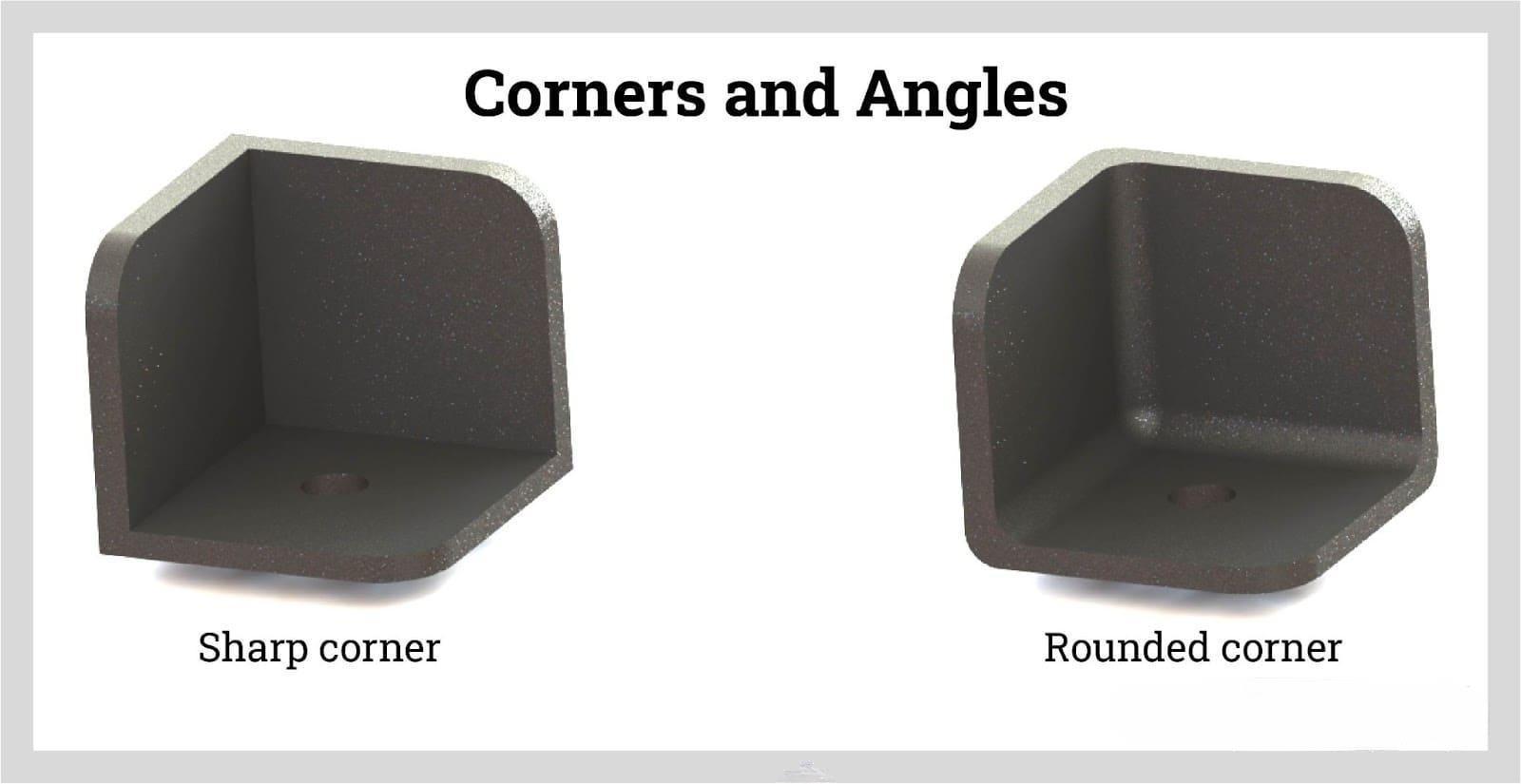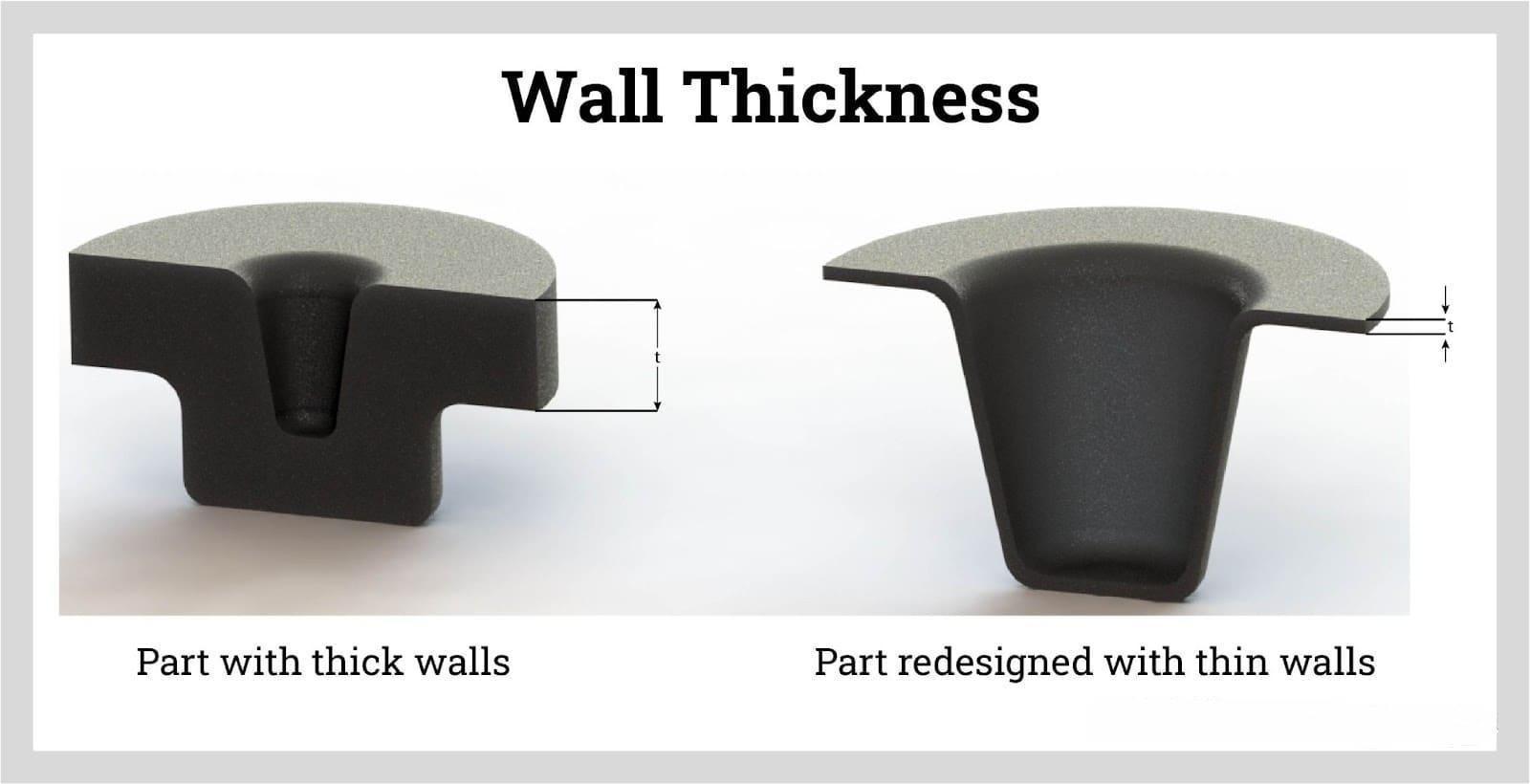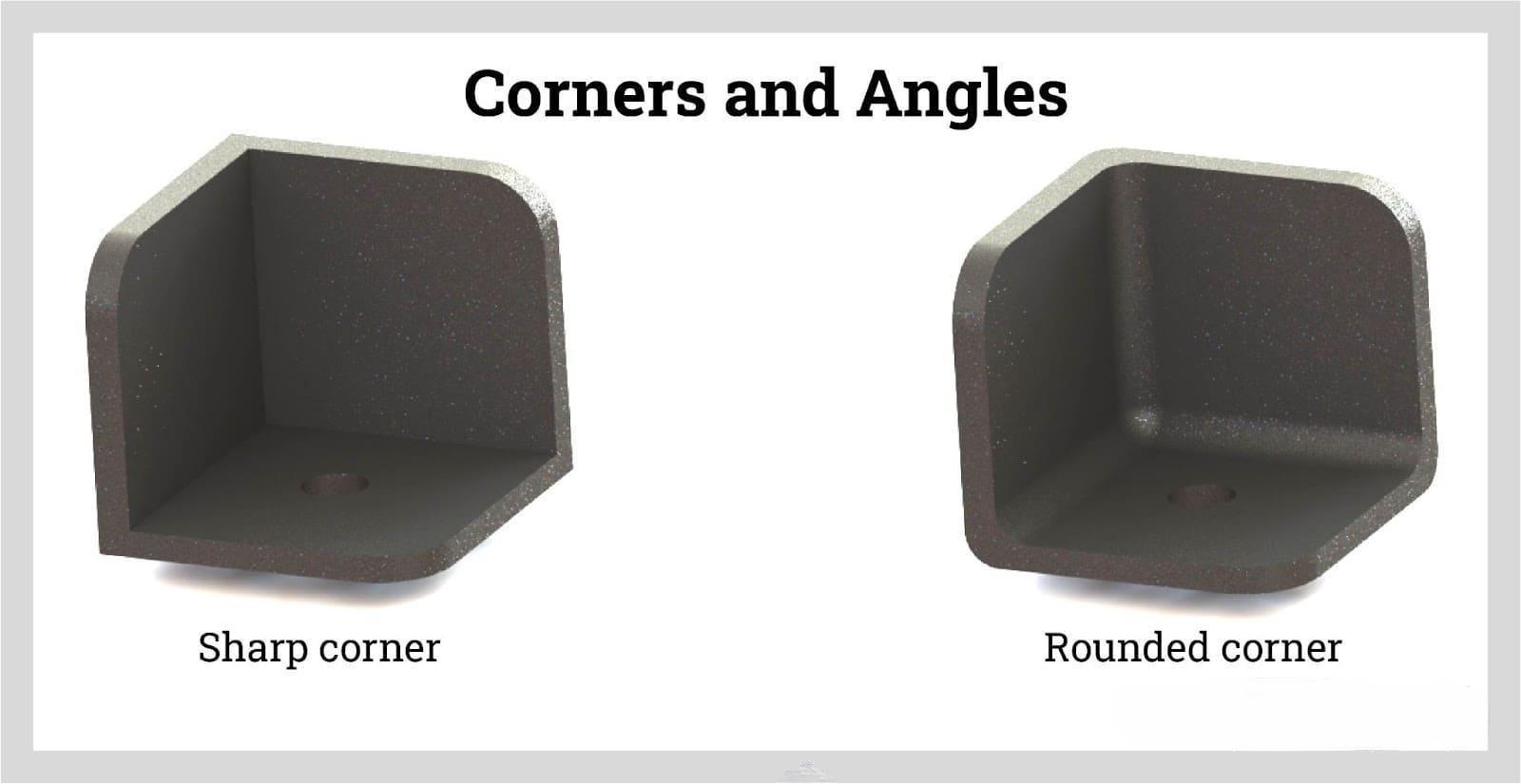Sand Casting Considerations
When it comes to sand casting design considerations, it's crucial to know what the casting will be used for, as well as any further processes it will have to go through after it's poured. If a casting is going to be visible, it might need to be machined or coated to get a smooth finish. Heat treatment services, on the other hand, may be necessary if the casting will be utilized as a part of a structure or assembly that requires good stiffness.
In order to reach the intended final results, most castings must be machined or treated in some way. The following aspects are essential considerations:
Detailed Prints and Drawings
The most significant feature of sand casting mold design is providing extremely detailed prints and drawings - a sand foundry needs a drawing for both the casting and the machined completed product.
Detailed prints are an important communication tool in the sand casting design process, as they describe the designer's expectations and requirements for the finished product. The following information should be included in your sand casting product design:
Size
Shape
Draft
Radii
Tolerance level
Defect level
Surface finish
Inspection requirements
If the casting requires cast-in identification markings, such as a component number, foundry code, or heat lot, make sure to specify the size and placement in your detailed prints.
Sand Casting Draft Angle
The sand casting draft angle is a perpendicular angle to the model that allows the contents to be easily removed from the delicate sand mold without destroying the outside wall. The product's molding process, how we design the casting, and the depth of the pattern inside the mold are all used to determine the sand casting draft angle. Nonetheless, many sand casting designers ignore the significance of the sand casting draft angle. The utility of the tapered surface in sand casting design can be improved by selecting a suitable sand casting draft angle.
In addition, because of the high metal flow, it can lower processing costs. As a result, the typical sand casting draft angle shall meet the ISO standard and will not influence the sand casting design's operation. As a result, your organization will be able to make more sand molds at a lower cost while maintaining consistent quality. The normal draft angle for sand casting is 2 degrees. With external and interior features, the minimum draft is roughly 1 degree.

Rounds and Filet
Allowing for ample rounds and filets is an important aspect of the sand casting design process. Generous rounds and filets enhance the appearance of a casting while also assisting in the distribution of strains and reducing cast stresses. Generous and appropriate corner filets also aid in the component’s pouring by avoiding turbulent flow occurrences and allowing the molten material to flow and fill the casting properly.
Parting Line
In sand casting design, determining the position of the separating line is critical. It is the dividing line. We rely on it to determine whether or not we should shift course. Because it impacts the final production cost and quality of castings, the engineering designer must grasp and record the parting line placement on the casting drawing. When it comes to placing the separation line, relying exclusively on the practical experience of metal foundry workers is insufficient.
The dividing line should be as low as feasible, and wide, short, and flat. If the parting line and the seam burrs do not match, the extension margin between them should not exceed 0.020.
Furthermore, the separation line we chose has a maximum seam flash extension material of roughly 0.015. If the parting line's position changes, pay notice. The use of the core, pouring position, weight of the casting, and dimensional correctness will all be affected.
Alloy Selection
It's crucial to pick the correct alloy for your casting. The alloy you choose can have a big impact on qualities like:
Strength
Durability
Toughness
Corrosion resistance
Ductility
Shrinkage
Hardenability
Cost
Weldability
Undercuts and Cores
The undercut is used in the sand casting design to keep the model from being removed during the mold production process. The usage of the core will lengthen and raise the cost of casting. As a result, we should decrease or eliminate the use of core sand portions in our sand casting designs. In fact, the early definitions of the parting line provided by specialists were beneficial in understanding the product's properties and avoiding the undercutting problem. The balance and interplay between the many elements are not evident now that it has been refined. As a result, we must learn the norms and standards of sand casting design.
Cross-Sections
A consistent cross-section or wall thickness is often advantageous. However, it should not be used in sand casting design because many casting products do not allow for sudden section changes. In theory, only the thicker portion of the casting should not be cooled in isolation, and the cross-section can be regarded as effective. This occurs because thicker sections take longer to cool down.
They are unaffected by the solidification of the surrounding metal. The thicker section will solidify next, but it will not be able to be removed from the environment. It will result in problems in the casting, such as porosity or ripping. As a result, before executing a sand casting design, it is important to consider the thickness limit of the product.
Wall Thickness
It is critical in sand casting design to achieve consistent model solidification and avoid cavity formation. So, what's the best way to go about it? This has to do with the volume to surface area ratio of the sand mold. The solidification rate of castings is usually required to be proportionate to the square of their ratio.
This is because the part with a smaller volume-specific surface area hardens faster during product casting than the part with a larger volume-specific surface area—and vice versa. To remedy this difficulty, many metal foundries will increase the overall thickness or add certain materials in the load-bearing position. The correct approach, on the other hand, is to utilize stiffeners and gussets. Because, while the former enhances strength, the latter reduces the thickness of the local thick wall.

Corners and Angles
The cooling properties of the material used to manufacture sand molds, as we all know, have a significant impact on the quality of sand castings. As a result, when designing sand castings, this issue should be taken into account. When the cooling effect of the casting or the sand mold is poor, heat will be generated locally at the intersection of the sharp corner and the corner of the component.
As a result, the casting is subjected to a concentrated source of stress, which causes it to distort, shrink, and break throughout the subsequent process, lowering the final product's quality. This is something that should be avoided while designing a sand casting mold.

Junction Design
The shape of the part might be highly intricate due to the unique characteristics of sand casting mold design. In most cases, there are numerous connections. Junction is how we refer to them. L, X, V, Y, and X-T are the five different types of junctions. Local mass concentrations are also produced by these junctions, as previously stated. Cracks, shrinkage, straining, and other issues will occur. Reducing the excessive local mass concentration induced by the junction is the optimal sand casting design solution. Finally, it must blend seamlessly into the final output.
Casting Allowance
To begin, we must recognize that most metals, such as ordinary steel, copper, aluminum, magnesium, and zinc, undergo a shrinkage reaction during solidification. When it comes to sand casting design management, it's important to remember that there should be a machining allowance at the interface between two sand castings.
In other words, curved edges at the sand casting interface should be avoided. This is because their shrinkage is proportional to the freezing point of the material and the volume ratio of the casting's surface area.
Recycling Molding Sand
The lumps are cooled and crushed once the sand has been shaken off a complete casting. A magnetic field is often used to help remove all particles and metal granules. Shakers, rotary screens, and vibrating screens are used to screen all sand and components. The cleaned sand can then be returned to the molding sand production cycle from the start.
Mullers are used to combine the sand, bonding agent, and water for molding sands. Aerators are used in conjunction with aerators to loosen the sand and make it more moldable. Scoop trucks or belt conveyors carry prepared sand to the molding floor, where it is shaped into molds; the molds may be placed on the floor or transferred to a pouring station via conveyors. At a shakeout station, the castings are separated from the adhering sand after pouring. By belt conveyor or other ways, the utilized sand is returned to the storage bins.
Casting sand is frequently recovered and reused during the manufacturing process. Approximately 100 million tons of sand are utilized in production each year, according to industry estimates. Only four to seven million tons of that total are discarded, and other businesses frequently repurpose even that sand.
Dongrun Casting have 20000 square meters facility houses and 200 production & test equipment, From quotation and tooling design to casting and finished machining, we can work with you at every stage. We serves wide range of industries-from Fortune 500 corporations to small and midsize OEMs. Our products includes: Automotive&Trucking, Electric Utility & Communications, Metering System, Hydraulic Industry, Medical Devices, Lighting, Fuel and Gas Pressure, Furniture parts.
More Details : www.dongruncasting.com
